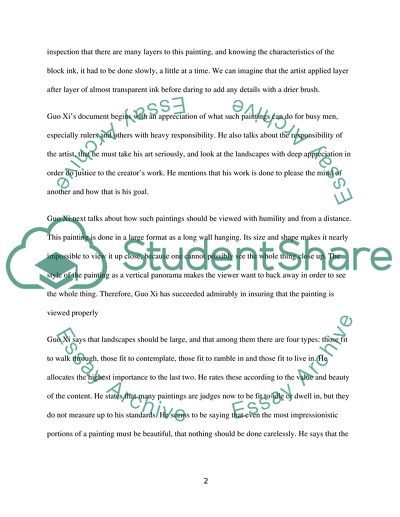Cite this document
(“Text and Image in Landscape Painting Essay Example | Topics and Well Written Essays - 2250 words”, n.d.)
Retrieved from https://studentshare.org/visual-arts-film-studies/1543495-text-and-image-in-landscape-painting
Retrieved from https://studentshare.org/visual-arts-film-studies/1543495-text-and-image-in-landscape-painting
(Text and Image in Landscape Painting Essay Example | Topics and Well Written Essays - 2250 Words)
https://studentshare.org/visual-arts-film-studies/1543495-text-and-image-in-landscape-painting.
https://studentshare.org/visual-arts-film-studies/1543495-text-and-image-in-landscape-painting.
“Text and Image in Landscape Painting Essay Example | Topics and Well Written Essays - 2250 Words”, n.d. https://studentshare.org/visual-arts-film-studies/1543495-text-and-image-in-landscape-painting.


